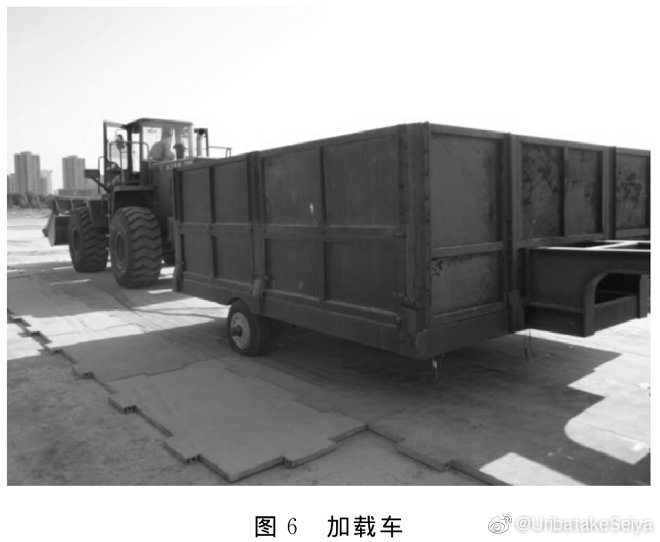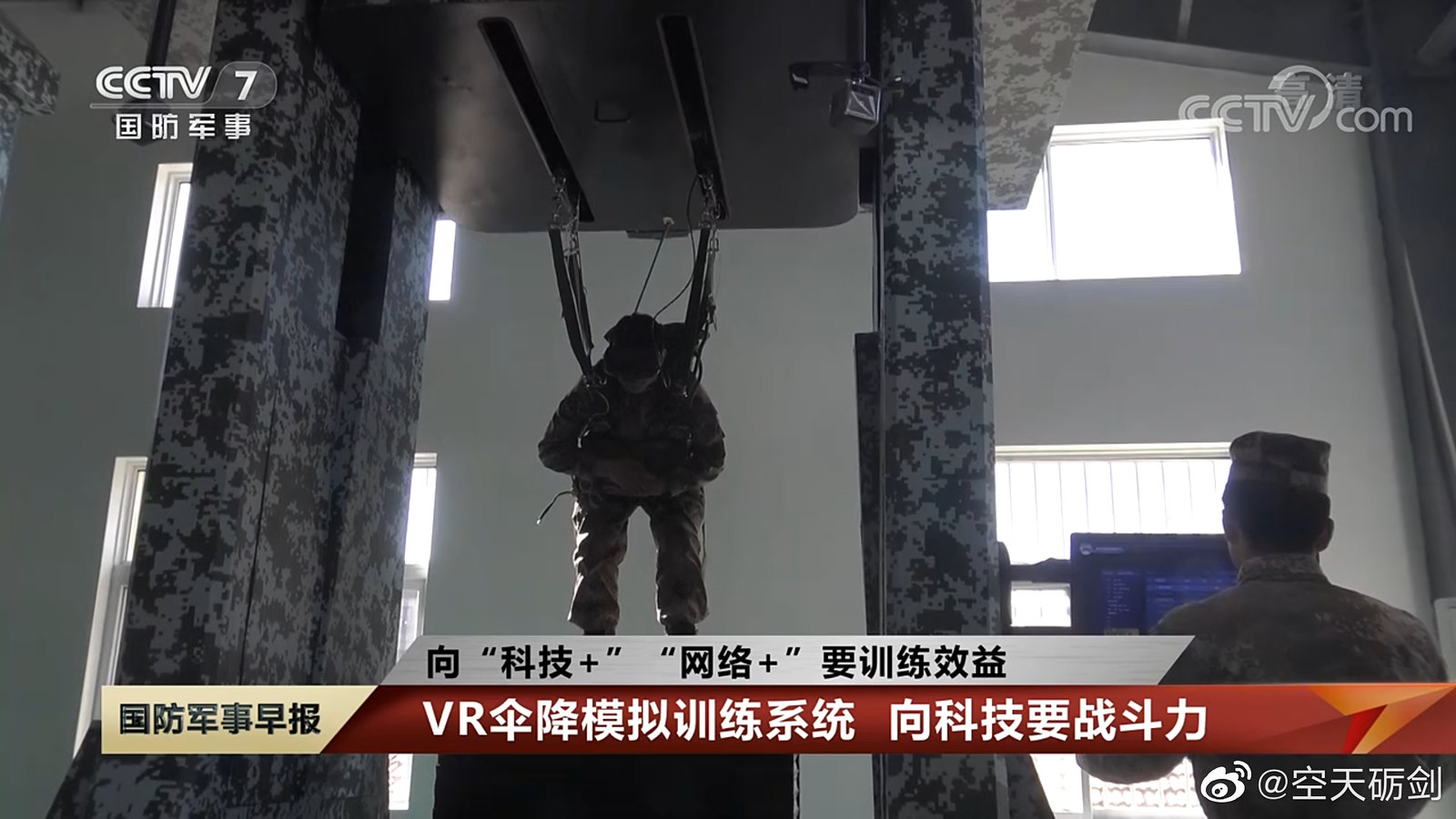How does this work? Surely the ground underneath would have to be flat already or else the joints won't connect properly, in which case why not just use the flat groundPaving a temporary airfield using interlocking aluminum-alloy plates.


You are using an out of date browser. It may not display this or other websites correctly.
You should upgrade or use an alternative browser.
You should upgrade or use an alternative browser.
PLA Air Force news, pics and videos
- Thread starter Jeff Head
- Start date
Not sure where to put this is or if anyone is interested in it, but hushkit.net made an interview with me - in fact one, I enjoyed a lot - on the PLAAF and the Chinese aviation industry:
Everything you always wanted to know about Chinese air power (but were afraid to ask) – Interview with Andreas Rupprecht
That was a surprisingly long and wide-ranging discussions on PLAAF. You were honest and objective, as usual. The last part on why you got addicted to PLAAF watching is quite interesting. As I said before, the dark secrecy and grey-box aspects of PLA watching can be quite attractive for someone who likes digging, but the vast scope of many projects and fast advances also keep one hooked on. Otherwise one can quickly lose patience.
Well done
Thanks again for the many kind and supporting replies and it was a lot of fun answering Joe's questions.
Also funny, maybe ironic but almost as expected, I get beaten from all sides: From the Chinese who see their J-20 down-rated, from the US guys who say I overrated the Chinese and especially the Indians, who see themselves not described as being equal to the PLAAF.
Can't be helped. China is a very polarizing topic. But I think the most upset ones are the Indians.Thanks again for the many kind and supporting replies and it was a lot of fun answering Joe's questions.
Also funny, maybe ironic but almost as expected, I get beaten from all sides: From the Chinese who see their J-20 down-rated, from the US guys who say I overrated the Chinese and especially the Indians, who see themselves not described as being equal to the PLAAF.
Equation
Lieutenant General
It's a good starter for "tower week" (in accordance to the US Army Airborne School phases that lasts for 3 weeks). I can see it as an introduction for the tower phase but not as a substitution. After tower phase the candidates will go onto the final phase jumping off from an aircraft with parachutes (yes a main static line one plus an emergency one).Practicing parachute jumps using VR.





I'm excited to see the new 10-ton class attack helicopter. This would be in the same class as AH-64 and KA-52. IIRC a few years ago the designer of WZ-10 confirmed they were working on a heavy attack helicopter.2022: 5 new aircraft = 1 variant + 4 clean-sheet designs
J-20 with WS-15
IAC-313A 14-ton advanced civil helicopter
10-ton special operations/assault helicopter
10-ton heavy armed helicopter
AC-332 4-ton civil helicopter
by78
General
If I'm reading this correctly, the illustration shows a de-centralized ad hoc network for hostile electromagnetic environments, where satellite links and satellite navigation are lost due to enemy interference.

Somewhat related and if Im reading this correctly, below is a digital datalink module for cruise missiles, also capable of ad hoc networking in the event of strong electromagnetic interference.


Somewhat related and if Im reading this correctly, below is a digital datalink module for cruise missiles, also capable of ad hoc networking in the event of strong electromagnetic interference.

Last edited:
I think the translation of 巡飞弹 is loitering munition, not cruise missile. They are different.If I'm reading this correctly, the illustration shows a de-centralized ad hoc network for hostile electromagnetic environments, where satellite links and satellite navigation are lost due to enemy interference.

Somewhat related and if Im reading this correctly, below is a digital datalink module for cruise missiles, also capable of ad hoc networking in the event of strong electromagnetic interference.






